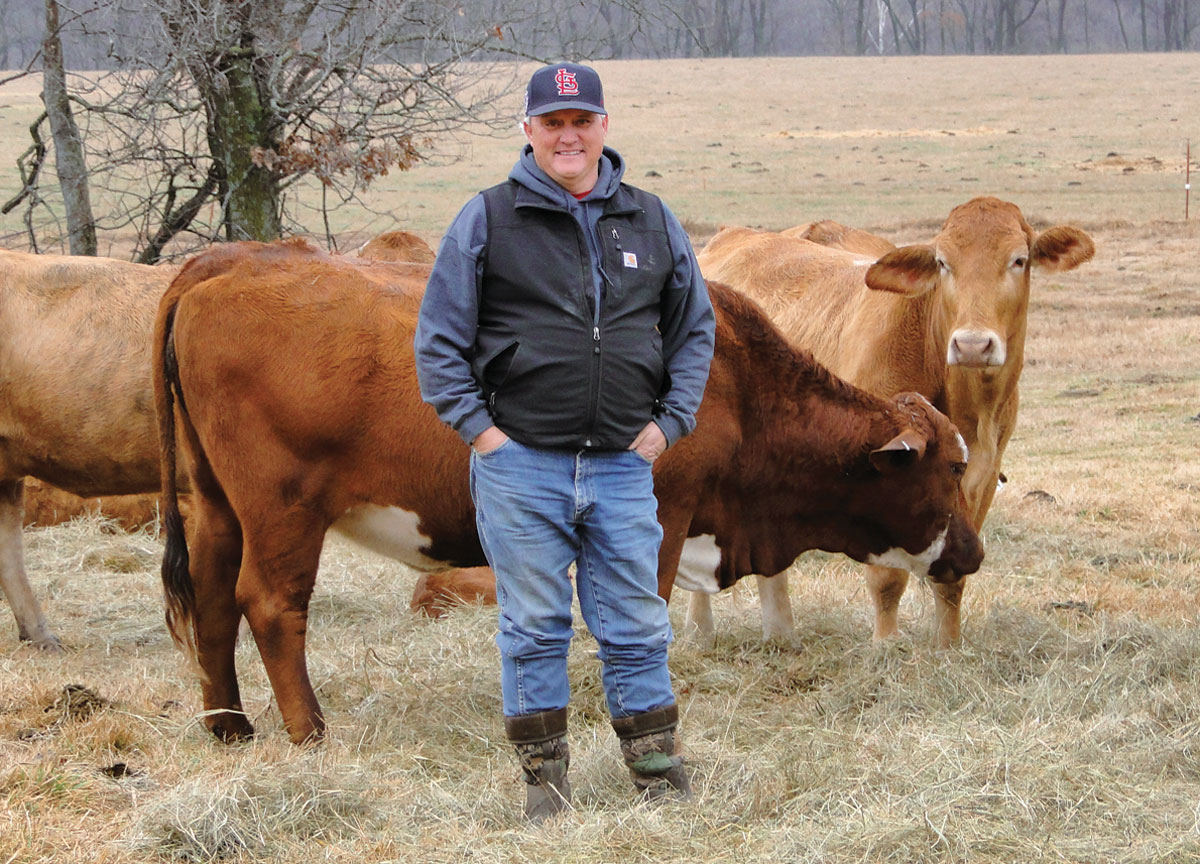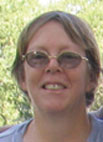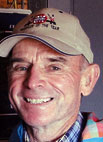
Mike Moss has found Beefmaster cattle to be a good fit for his Oklahoma operation
Mike Moss of the Peggs community in Oklahoma has remained an extremely busy and committed man his whole life, just like his parents.
They are in their 80s and still have a commercial herd of 45 momma cows, a garden and cut their own firewood.
Mike was raised in Cherokee County, Okla., on a commercial cattle farm and began 4-H at a young age. He started showing sheep and hogs. The money from premiums and auctions was used to support the purchasing of animals for the next year. He got his first loan at the age of 12 and went into the hog business, buying six sows and one boar. The money made from that was then reinvested into cattle.
Mike attended Northeastern State University in Tahlequah, Okla., 15 miles away, so he could live at home to help with the farm, which transitioned into a dairy. To earn extra money, he also drove a school bus while earning both a bachelors’ and master’s degrees in education.
His first job was in a K-8 school with 120 students. He taught 30 seventh and eighth-grade students in a self-contained classroom, drove a school bus, coached various sports and served as a 4-H leader. Mike retired in December after teaching for more than 37 years.
Mike met his future wife Kelly during a basketball camp at Leach, Okla., where she taught. Kelly currently teaches fifth grade language arts at Locust Grove, Okla.
“Kelly is definitely a town girl. She knows there are cows down here but is unsure which end is which,” Mike said with a laugh.
Pine Springs Ranch is a 560-acre Beefmaster breeding operation with 100 females and four bulls. Though he had cows from a young age, he expanded his operation in 1984 when he agreed to maintain a ranch while the owners went north to raise potatoes.
Mike eventually purchased the ranch. His pastures and a 40-acre hayfield are mostly Bermuda, with some fescue and little clover. One of the most important features of the property is Spring Creek, which runs a little over a mile through the land, in addition to tributaries and spring fed ponds. The result is clean water in every pasture without additional cost. To protect his water sources, Mike fertilizes with commercial fertilizer instead of litter.
Mike began his operation with registered Blonde d’Aquitaine cattle, a tame, lean and highly muscular breed.
“They’re almost like a Limousin but without the attitude,” Mike said.
He stayed with the French breed for eight years and was secretary for the national association, but found the limited availability of cattle an issue.
He began crossing with Beefmaster bulls as a solution. The result was an animal that retained all of the favorable qualities of the French breed, plus better growth and hybrid vigor. Next, Mike bought Beefmaster females and discovered they were much more adapted to the local environment with its hills and temperature variations. By 2004 he had sold all his cows, except his registered Beefmasters.
“We live far enough south that a touch of ear is needed to help with adaptability to heat,” Mike said. “Another important reason for staying with the breed is that my input per animal is down 50 percent because they are so efficient. Also because of the docility of my Beefmasters, I only need a feed bucket to round them up, important since I do 95 percent of the work by myself.”
The Beefmaster breed was developed in the early 1900s in Texas by Tom Lasater and is a cross of Hereford, Brahman and Shorthorn. He wanted a breed with efficient growth, milk, disposition, fertility, hardiness and a confirmation that was functionally sound rather than meeting show ring criteria.
Mike has both spring and fall calving seasons. The bulls stay with the cows for 60 days. All heifers are bred by AI, which continually increases the genetic quality of the herd with the goal of maintaining a balance of the six essential traits established by Lasater.
Ultrasound tests are performed on all yearlings to document ribeye size and marbling. Mike also has scales on the ranch to record growth records. Calves are weaned at 7 to 8 months. The average weight of bull calves for the last four years is over 625 pounds and for heifers is 575 pounds without any being creep fed. Calves receive two rounds of shots and are dehorned at three months so it is less painful. All bulls are DNA tested to provide the most accurate data possible for perspective buyers. The bulls are marketed in the spring at an Oklahoma Beefmaster sale and in the fall at a Texas sale because those sales provide the best pricing since they attract discriminating breeders interested in the highest quality available.
Mike’s bulls are sold nationwide, from Florida to Oregon, though he also sells some locally. The only animals sold at the sale barn are cows culled for infertility, health issues and old age. Since he is still rebuilding his herd after the 2012 drought, he retains most of his females, but sells about 25 percent of them at local registered sales.
Mike is one of those cattlemen who believes that being active in the cattle organizations is necessary for contributing to the strength and future of the industry. Therefore, he belongs to a number of organizations: Oklahoma Cattlemen’s Association, Ozark and Heart of America Beefmasters, Central States Beefmaster Breeders Association, Beefmaster Breeders United, Arkansas Beefmaster Breeders and Central Texas Beefmaster Breeders Association.
“I want to continue to increase the quality of my cattle and breed for what my customers will buy and can use for profitability and efficiency. If my customers make money, they will come back. That helps everyone,” Mike said.






